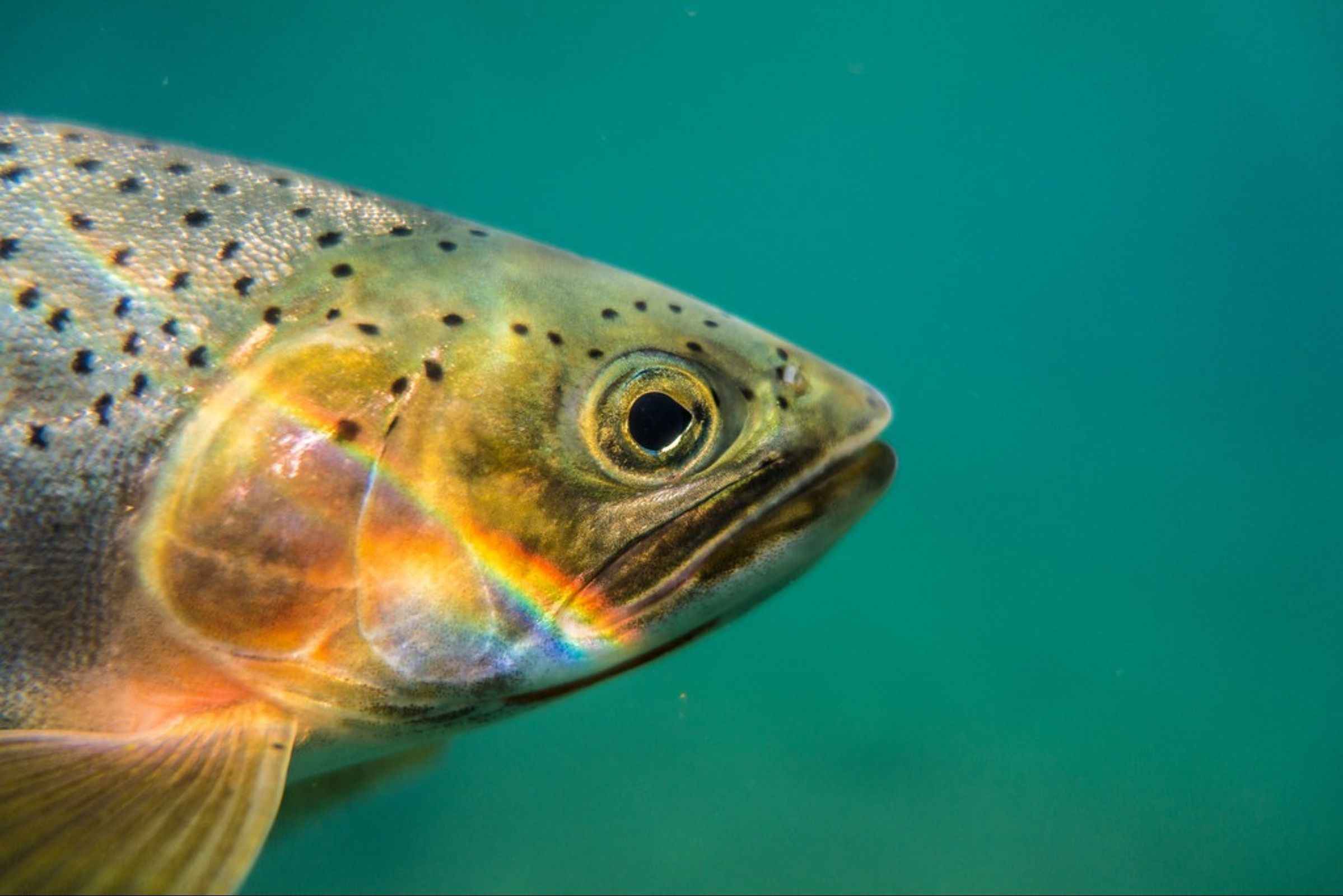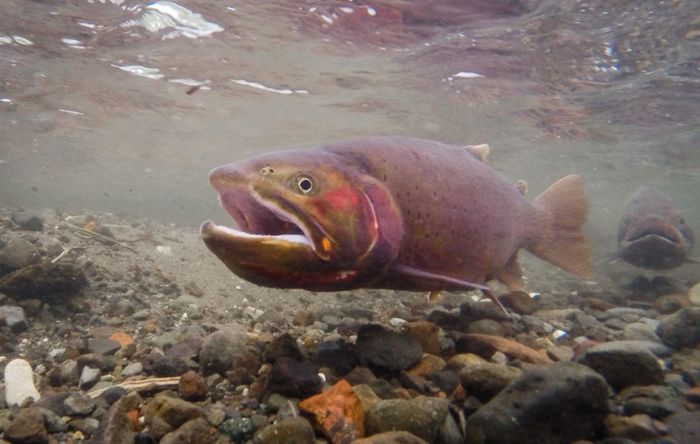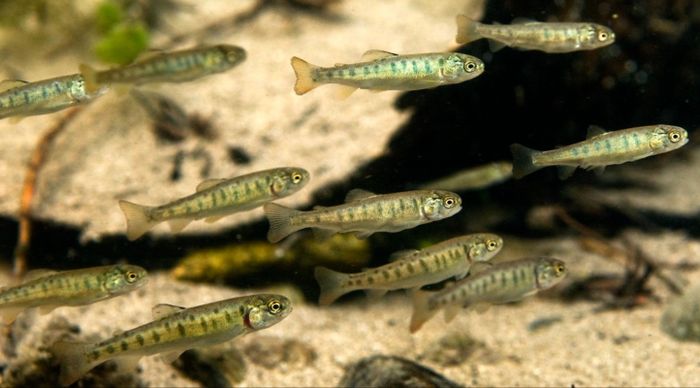Cutthroat: The West's Iconic Trout and What You Should Know About It
Get to know more about one of the most diverse species in the waters of North America - the cutthroat trout.

With approximately 14 subspecies, the cutthroat trout is the most diverse species of its kind in North America. Historically, it had the widest distribution of freshwater trout in the Western Hemisphere – it ranged from Alaska to the southernmost tip of Texas and the Pacific coast to the Rocky Mountains, making it an iconic symbol of that region. In fact, some subspecies, like the Yellowstone cutthroat, were often encountered and frequently documented by early explorers in the 1800s, including the infamous Lewis and Clark Expedition.

Interesting Things You Should Know About the Cutthroat Trout
The cutthroat is a member of the Salmonidae family and its distinct name comes from the bright red coloration near its “throat” or lower jaw. The varied subspecies of cutthroats developed over time as geological changes in the earth and man-made alterations to the environment separated spawning routes and habitats. These fish usually prefer to thrive and spawn in cool, well-oxygenated waters that have gravel bottoms and are generally native to streams that are offshoots of rivers of the Pacific Basin, Great Basin, and the Rocky Mountains. Eventually, evolution enabled each species to develop its own unique characteristics to help them survive, although some of these distinctive traits are so subtle that they can only be identified by analyzing the fish’s genes.

Ironically, a fish so revered by the west is experiencing catastrophic circumstances today. Almost all the cutthroat trout of the region are in turmoil – two subspecies are already extinct and three more are marked as threatened under the Endangered Species Act. Due to the destruction of their habitat and the looming threat of introduced and now invasive species, the cutthroat of the west is fighting to survive.
It certainly doesn’t help their case that cutthroat trout are sensitive to their environment, typically needing cold water temperatures, unpolluted waters, and access to spawning. These very specific criteria for their survival are typically known as the 3 C’s: Cold, Clean, and Connected.
Sadly, human activity is often the primary cause for eroding riparian areas and polluted waters caused by logging, settlements, road building, and the introduction of grazing livestock. One of the ways to maintain these ideal habitats is to care for and promote the growth of vegetation along the banks of streams, as these plants help to regulate the temperature of the water and likewise keep it clean. Furthermore, isolating certain areas from public access gives the ecosystem a chance to heal, which is not only better for cutthroats, but other inhabitants of the area as well.
When it comes to threats from nonnative species, rainbow trout is one of the main culprits of the cutthroat’s struggle to survive. Since they generally have the same spawning seasons, the two species often inter-breed, producing genetically impure hybrids. This is bad news for the cutthroat because only the rainbow trout can produce fertile young, thus resulting in lower populations of cutthroat becoming naturally replenished. Two of the most hard-hit subspecies are the Westslope cutthroat trout and the Colorado River cutthroat trout with the Center for Biological Diversity reporting that only 1% of this subspecies remains pure due to interbreeding.
On the other hand, while introduced brook trout and brown trout don’t present any spawning or hybridization dilemmas, they often invade the cutthroats' habitat, creating fierce competition for food and resources. Since cutthroats are naturally more sensitive to changes in the environment and don't adapt as quickly or as well as other species, they often suffer the consequences.


Preserving the Cutthroat
Introducing a species into a habitat does not always end on a sour note, but can also be a successful endeavor, such as the stories of the greenback cutthroat trout, Paiute cutthroat trout, and the Lahontan cutthroat trout. These subspecies were previously thought to be extinct but were later re-discovered thriving in remote areas, unknowingly introduced to other bodies of water for the initial purpose of commercial fishing. Scientists and conservationists then worked tirelessly to produce hatcheries for these fish, which are still struggling to recover their numbers today.
Several states, such as Idaho, are working hard to preserve their beloved icon by monitoring the size and bag limits of cutthroats for anglers to ensure healthy numbers. Other areas like South Fork, are encouraging fishermen to keep rainbow trout even if they are tagged, to reduce their populations in the waters.
Another method of conserving the cutthroats is by diverting them towards habitats that can help them thrive. These can be done by creating barriers to direct fish to swim towards specific areas that nonnative species would not have access to. Other methods are more proactive, such as installing fish screens that essentially capture “lost” cutthroats that swim astray and return them to their proper streams. Removing obstructions that hamper the fish’s ability to move can also help these fish access the environment they need to spawn or feed, essentially creating safe passageways for them.
While the cutthroat trout face many threats, this fish is literally a fighter, and we don't mean on the fly end of an angler's rod. They've had to deal with overharvesting, changes in their ecosystem, and even the slow eradication of reproductive individuals. Although some of their numbers have gone down while others are on the rebound, the cutthroat is an apt symbol to represent the west, an iconic trout that will hopefully last for years to come.



